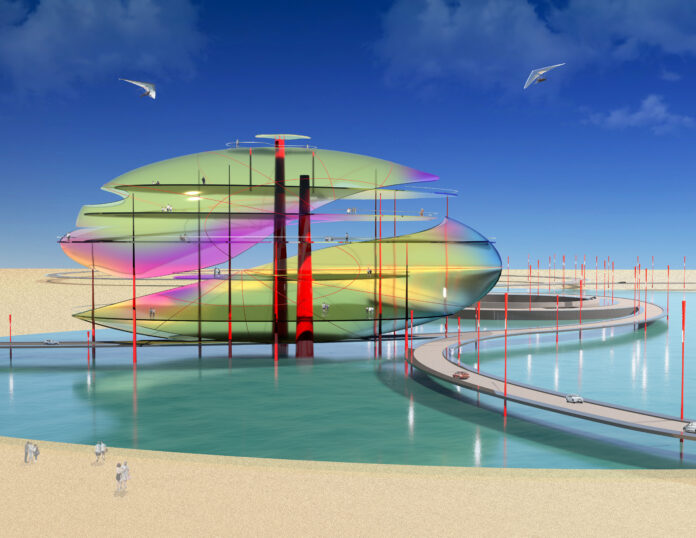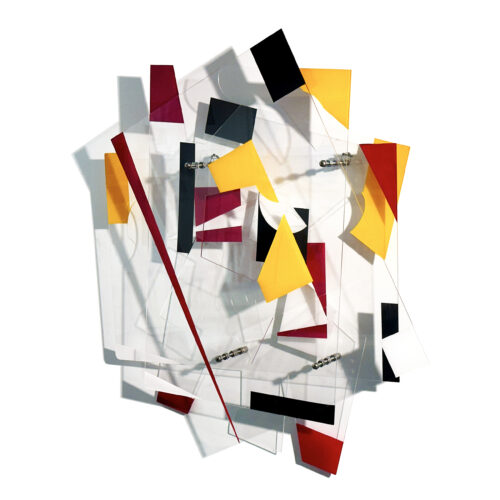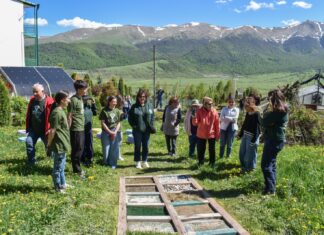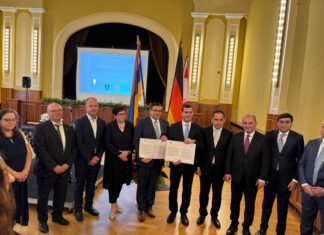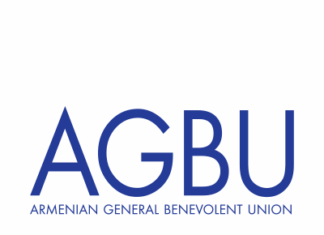Rare are those artists who can sustain a lifelong, holistic vision which contributes to both culture and progress in the broadest sense of the term.
Born in Beirut into a family that managed to recover and flourish after the Armenian Genocide, Nishan Kazazian is one of those rare individuals. Kazazian’s practice — from his dazzling deconstructed and reconstructed metal sculptures, to his creative reimagining of museums, aquariums, houses and alternative ZOO — integrates the visual arts and architecture in a cohesive manner whose goal is ultimately to uplift the viewer’s spirit.
Sadly, this deeply humanistic vision has fallen out of favor in the post-modern world, hence its importance increases.
Ever since walking away with many of Lebanon’s top art prizes as a teenager at institutions such as Haigazian College, the American University of Beirut, the Sursock Museum and later a Fulbright Fellowship to the US, Kazazian has steadily developed an expertise and renown as an artist and a licensed architect in New York State.
After completing a master’s degree in architecture and another in art and art education from Columbia University, and earlier earning a BFA with Distinction from AUB, Kazazian worked for leading international firms.
In 1985, he co-founded and currently serves as the principal of the A&A Design Group, headquartered in Chelsea, New York. The practice covers an array of creative disciplines including art, architecture and interior design, with a particular emphasis on integrating art within architectural spaces, with a portfolio of projects that spans the United States, Europe, the Middle East and Asia.



